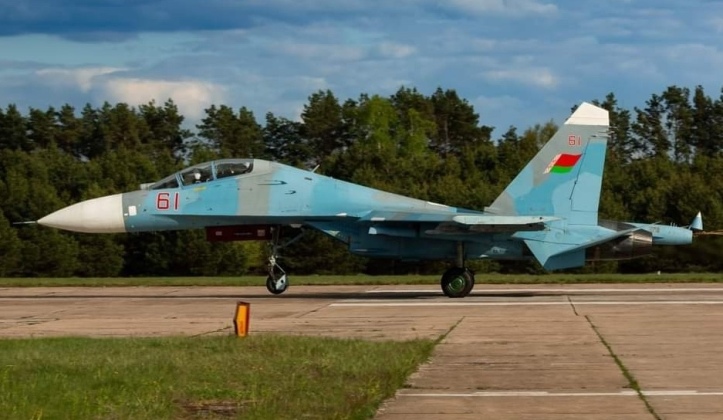The Evolution and Impact of Russian Fighter Jets

The Importance of Russian Fighter Jets
Russian fighter jets have long been a significant component of modern air combat strategy, influencing global military dynamics. With advancements in technology and an increasing focus on air superiority, the capabilities of these aircraft have implications not just for Russia but also for international relations and security policies.
Recent Developments
As of October 2023, Russia has made headlines with its ongoing modernization initiatives for its fleet of fighter jets. The Su-57, Russia’s fifth-generation stealth fighter, has been noted for its advanced avionics, supersonic capabilities, and stealth features designed to evade radar detection. Recently, the Russian Defense Ministry announced that the Su-57 will be fully operational by the end of this year, with plans to deliver additional units to the Russian Aerospace Forces.
Moreover, the Su-35, a fourth-generation multi-role fighter, continues to be a critical asset for the Russian Air Force. It has played a prominent role in various military operations, showcasing its capabilities in combat scenarios. The recent conflicts, especially in Ukraine, have underscored the importance of these advanced aircraft in achieving tactical advantages.
International Reactions
The advancements in Russian fighter jets are not going unnoticed in the international community. NATO member states have expressed concern over the increased capabilities and deployments of Russian aircraft near their borders. In response, several countries, including those in Eastern Europe, are accelerating their own military enhancements and air defence systems to counter potential threats.
Conclusion
The trajectory of Russian fighter jets highlights a significant trend in global military strategy, where air superiority remains a crucial battlefront. As Russia continues to enhance its aircraft capabilities, the implications for international security and defence strategies will be profound. With the ongoing geopolitical tensions, especially in Eastern Europe, observers will be keenly watching how these developments unfold and the resulting global responses. It reinforces the need for nations to reassess their military readiness and alliances in this ever-evolving landscape.








